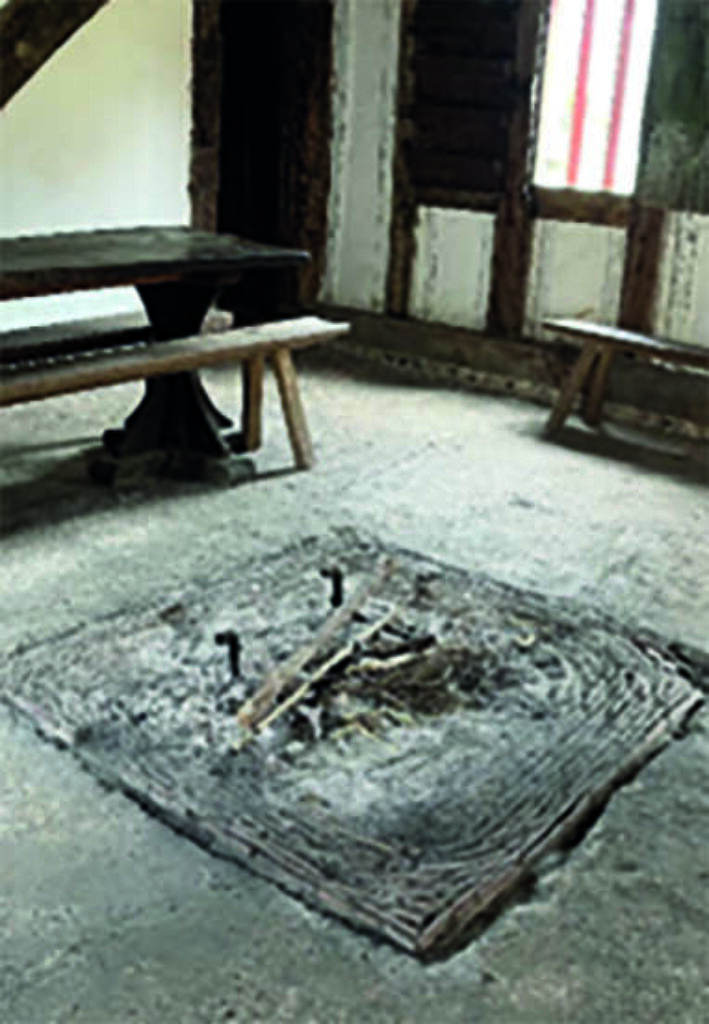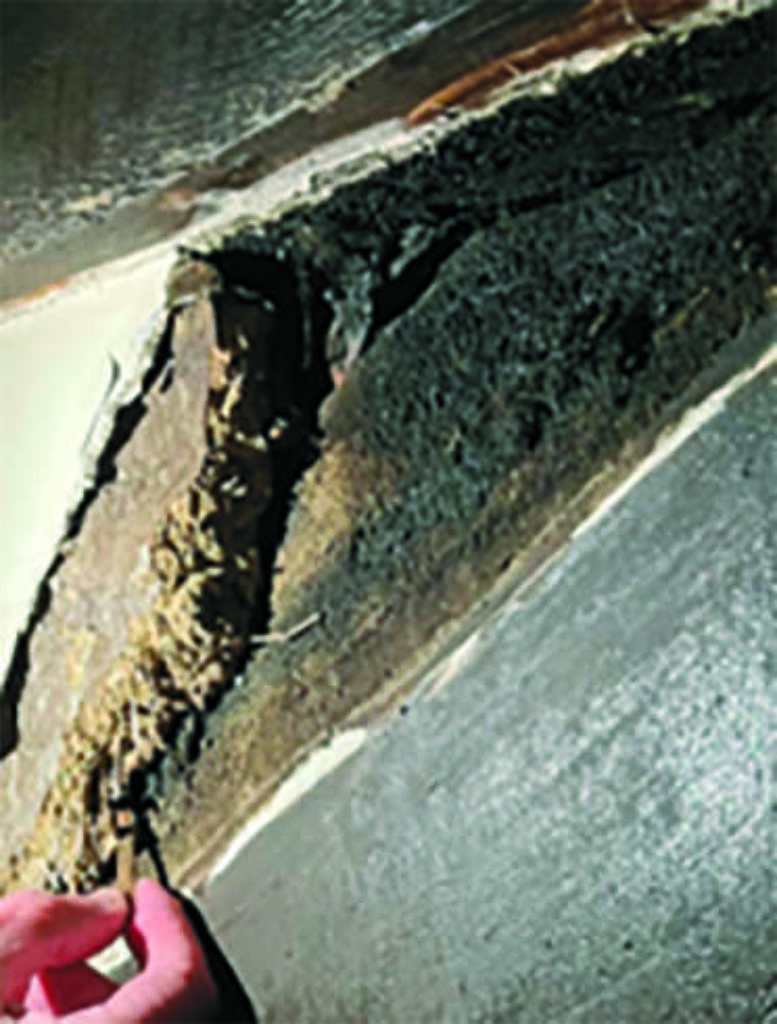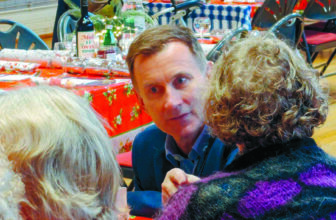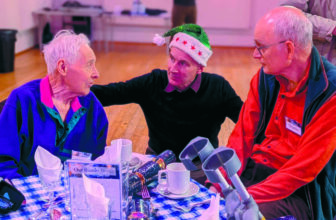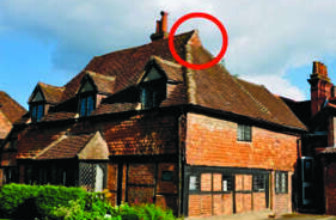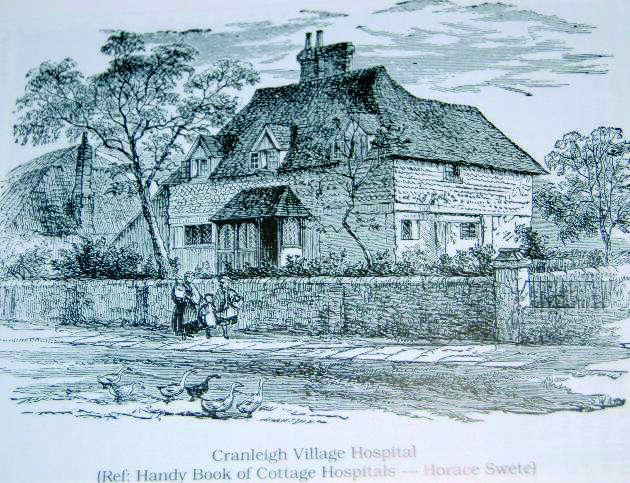
by Trevor Dale
Historical Significance is a new term to me. It came to light when discussing the cottage with Darron Carver, the Head of Collections and Site Operations at the Weald & Downland Living Museum.
Historical Significance can be determined by using the acronym NAME.
Novelty, or simply new. Being the first of its kind qualifies. The First Cottage Hospital – tick.
Applicability: is it applicable to something happening in the present? Well, the NHS is rarely out of the news and pretty much all of us need our health and wellbeing catered for – tick.
Memory: things have a significance if they evoke memories. Certainly many of the long-term residents of our community have memories of being treated in the hospital. Many of those we are capturing with our Cranleigh Voices project which is recording oral histories – tick.
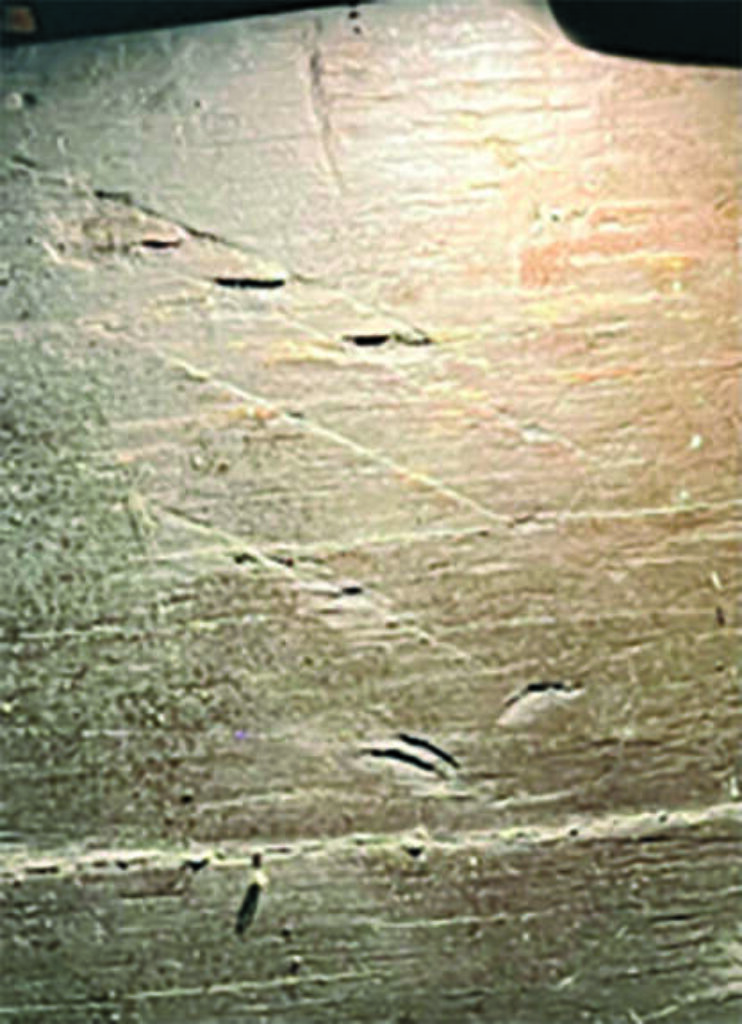
Effects: things are considered to be significant if they have affected many people. Again over time the Cottage Hospital fits that bill – tick.
In a previous article we mentioned that Cranleigh Hospital is attributed as the start of a healthcare movement that extended way beyond these shores, out across what was pre-1900, the British Empire. Seriously significant then!
Looking up our village, there is not a great deal that stands out. Cranlea, or Cranley, as it was, did not figure in the Domesday Book. Now we can mark the village with a latter day place in history.
Moving on to the details of this significant artifact, we have been made aware of tiny details that we simply hadn’t noticed. Having an expert point out aspects in the structure like apotropaic marks was an eye-opener. The word ‘apotropaic’ is derived from the Greek word for warding off evil. The marks were usually scribed onto stone or woodwork near a building’s entrance points, particularly doorways, windows and fireplaces, to protect inhabitants and visitors from witches and evil spirits.
The example (pictured on page 56) is from the fireplace mantel and presumably would have prevented evil spirits or witches from entering the home via the hearth. They are generally known as Marian symbols, for their supposed association with the Virgin Mary. Often the letters AM, thought to be for Ave Maria, simply M for Mary or VV for Virgin of Virgins (as here) are found scribed onto the fabric of early houses and churches. The VV and M markings are particularly common, and could easily be mistaken for an upright or upside down W. These are however difficult to interpret and there is some academic dispute as to their meaning.
Harking back to last month Darron Carver pointed out soot showing on the main trusses from the smoke from the original central fire, before the chimneys were added around the 17th century. (See inset)
This is a Hall house fireplace (pictured above) at Weald & Downland Living Museum. It is what we believe was originally in the Cranleigh Cottage when built in 1446.
FURTHER SUPPORT FOR THE PROJECT
We are actively seeking new members to join the team now that we have a live project. If you believe you have skills and time to use them that would be helpful to a heritage project, please get in touch.
Please contact us by phone, 01483 272987, letter or email to; trevor.dale@cranleighheritagetrust.org.uk
To register an expression of interest in future use of the facilities please write to us with the following information:
1. Brief description of what you offer and the benefits to clients and customers.
2. Say if and where you currently offer this service and why people would use the cottage to meet you.
3. Brief declaration of support for the project in general.
4. Return name and address and any website or social media links.
Thank you so much! Trustees Trevor Dale – Chair; Howard Barratt; Jane Briggs; Chris Bulley; Sue Dale; Nigel West. Advisors Bob Callard – architect; Joanna James – business advisor, Michael Miller and Joy Horn, history advisors.
Scan the QR code. Visit our website www.cranleighheritagetrust.org.uk

